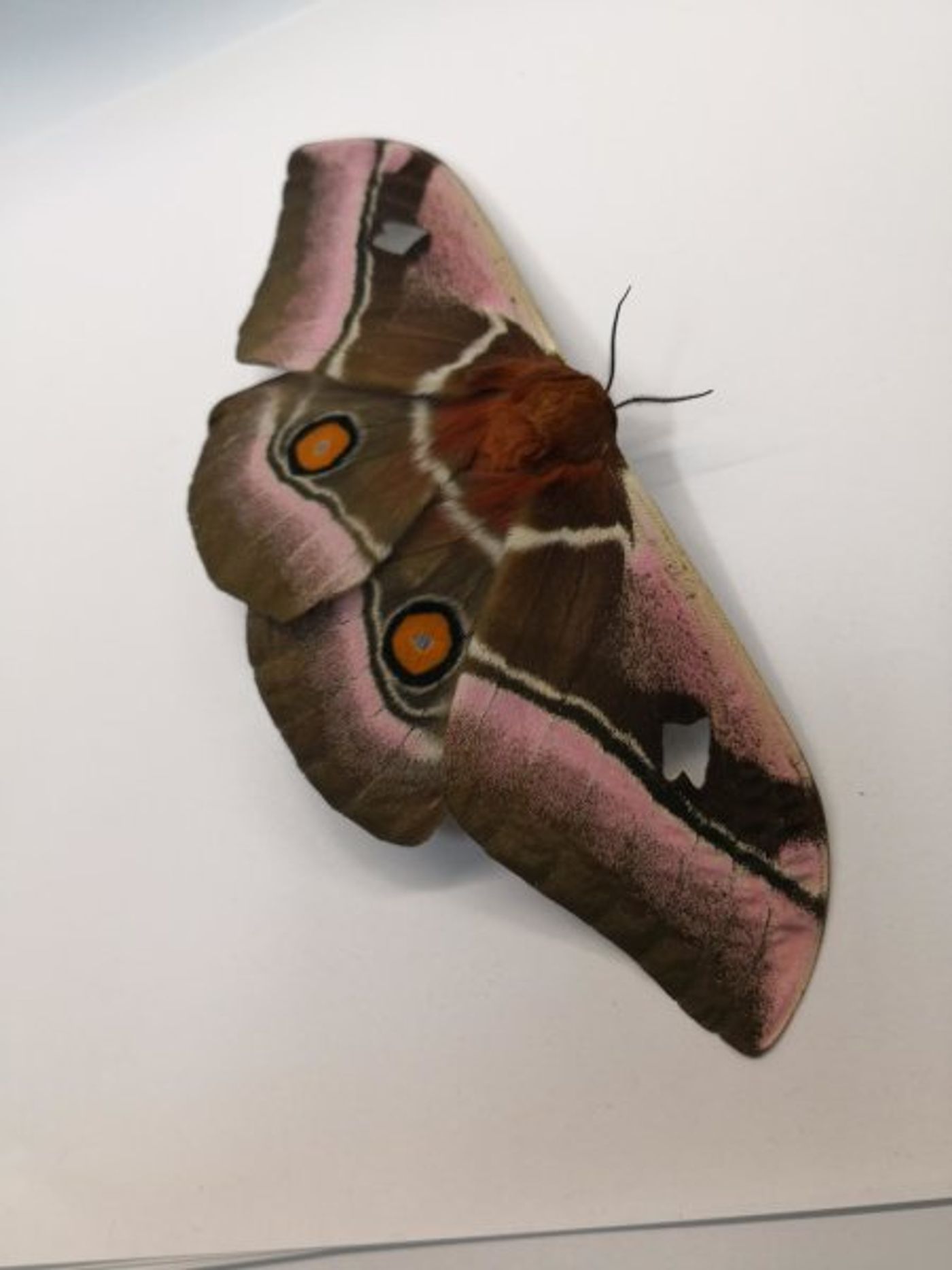How do Moths Avoid Being Eaten by Bats? The Secret Might Lie in Their 'Fur'
It’s no secret that bats enjoy munching on moths when they’re feeling a bit hungry, but one thing that has always captivated scientists is how some moths evade bat-centric predation despite being one of the flying mammals’ primary food sources.
Scientists have known for a while that some moths have ears that help them hear a bat’s echolocation and avoid the predator, but many moths don’t have ears and are deaf as a result. The curious circumstances motivated researchers from the University of Bristol in the U.K. to take a closer look at earless moths to learn more about how they evade predation.
Image Credit: Thomas Neil/University of Bristol
As it would seem, many moths sport a specialized fur surrounding the thorax and wing joints that behaves much like an ‘acoustic camouflage.’ The way it works is somewhat interesting; as the sound waves from a bat’s echolocation meet the moth, the latter’s fur absorbs much of the echo and lessens the sound heard by the bat. Consequently, many moths slide under the radar.
"Thoracic fur provides substantial acoustic stealth at all ecologically relevant ultrasonic frequencies," explained Thomas Neil, a researcher from the University of Bristol. "The thorax fur of moths acts as a lightweight porous sound absorber, facilitating acoustic camouflage and offering a significant survival advantage against bats."
Related: Do bats really help tame mosquito populations?
Even some butterflies sport a similar type of fur as moths, and the researchers were curious if butterflies enjoyed similar acoustic camouflage advantages as moths.
To find out, Neil and colleagues performed controlled testing in the lab with two deaf moth species and two supplementary butterfly species to discern whether removing the protective fur impacted risk of being detected by echolocation.
Fascinatingly, the researchers observed a 38% increase in detection risk among moths that had their thorax fur removed in the testing, but they saw no notable change in the butterflies that had this fur removed. The researchers attribute this distinction to possible differences in fur properties between the two insects.
"We found that the fur on moths was both thicker and denser than that of the butterflies, and these parameters seem to be linked with the absorptive performance of their respective furs," Neil added. "The thorax fur of the moths was able to absorb up to 85 percent of the impinging sound energy. The maximum absorption we found in butterflies was just 20 percent."
Related: A bat's echolocation isn't foolproof
Neil and his team are poised to present the findings of their research this week at the Acoustical Society of America's 176th Meeting at the at the Victoria Conference Centre in Victoria, Canada. The results could potentially go on to inspire innovations in sound-absorbing technology.
Source: EurekAlert









